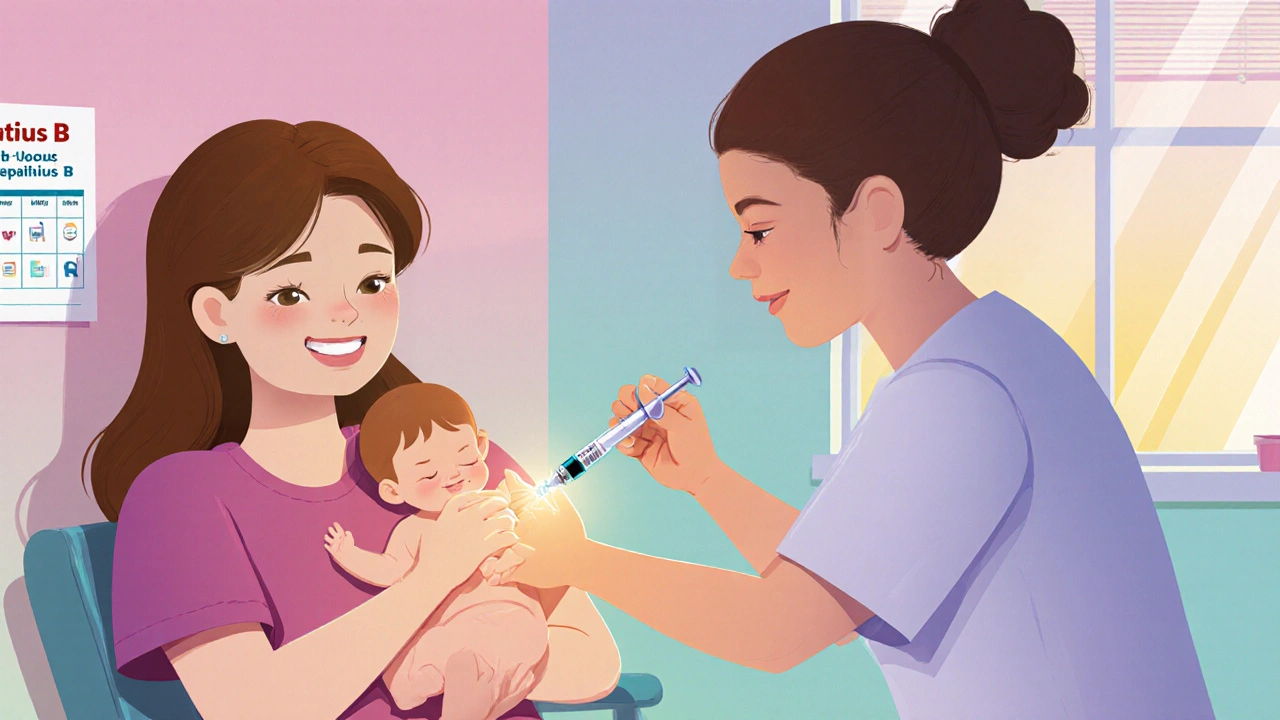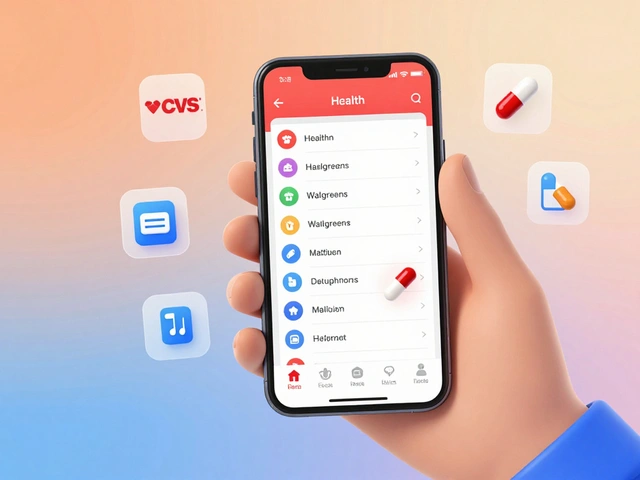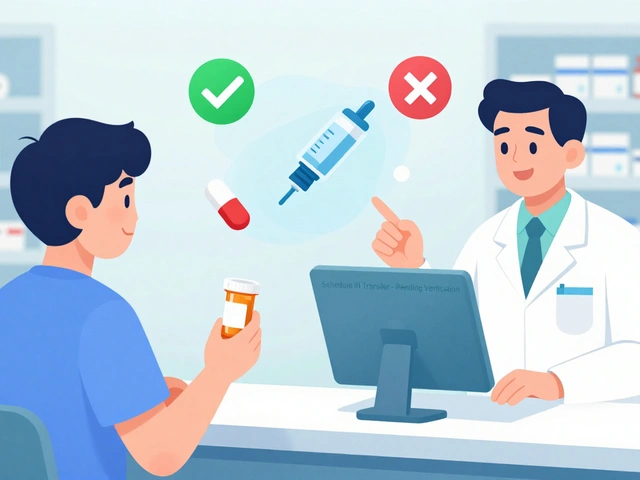Safe Injection Practices: Avoid Mistakes, Protect Yourself and Others
When you or someone you care about gets a shot, you expect it to be done right. That’s where safe injection practices, a set of proven steps to prevent infections and medication errors during injections. Also known as injection safety, it’s not just about using a clean needle—it’s about every single action before, during, and after the shot. One wrong move can lead to serious infections, bloodborne diseases, or even death. The CDC reports that unsafe injections cause over 1.3 million deaths globally each year. That’s not a statistic—it’s a warning. And it’s preventable.
Safe injection practices aren’t just for hospitals or clinics. They matter at home too, whether you’re giving insulin, managing chronic pain, or helping an elderly relative with an injection. It starts with clean hands, sterile equipment, and never reusing a needle—even if it looks fine. Many people think, "I only used it once, it’s fine," but a needle isn’t just a hole in the skin—it’s a bridge for bacteria, viruses, and drug residues. Reusing syringes, even between doses, is one of the most common mistakes. And it’s not just about the needle. The vial cap, alcohol swab, and even the surface you place the syringe on can contaminate the dose. medication errors, mistakes in drug dosing, timing, or route that can happen during injections often overlap with unsafe injection habits. A wrong dose, a wrong site, or a contaminated solution? All of these are preventable.
What makes safe injection practices stick? Training, checklists, and a culture that doesn’t rush. Nurses, doctors, and patients alike need to feel empowered to stop and ask: "Is this clean? Is this right?" It’s not about blame—it’s about systems. The best clinics use visual guides, double-check protocols, and train staff regularly. At home, you can do the same: keep supplies in a clean drawer, never grab a syringe from a messy counter, and always check the label twice. sterile technique, the method of keeping everything free from germs during medical procedures isn’t magic. It’s simple: open only what you need, when you need it. Don’t prep five syringes at once. Don’t leave caps off. Don’t touch the plunger or needle tip.
And don’t forget the disposal. A used needle isn’t trash—it’s a hazard. Sharp containers aren’t optional. Throwing needles in the regular bin puts janitors, kids, and pets at risk. Every community has safe disposal programs—find yours. It’s not just responsible, it’s often the law.
What you’ll find in the posts below isn’t theory. It’s real-world advice from people who’ve seen what happens when safe injection practices break down. From how to tell if a drug has been contaminated, to why reusing syringes is never worth the risk, to the quiet signs of an infection that started with a single careless moment. These aren’t hypotheticals. They’re lessons. And they’re written for anyone who’s ever held a syringe—or cared for someone who does.
Learn proven ways to stop chronic hepatitis B spread, from newborn vaccination to safe‑injection programs, with practical steps for individuals and policymakers.



